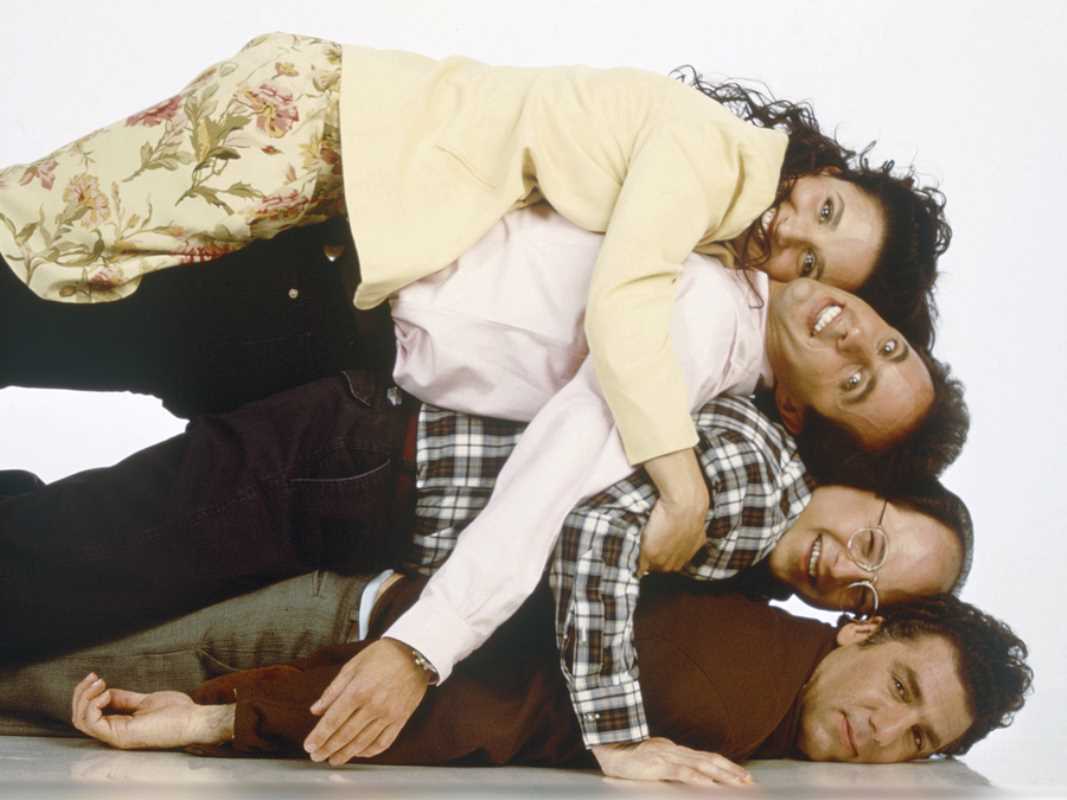Puppetry has been a magical part of storytelling for centuries. From classic puppet shows in theaters to the silver screen, puppetry brings characters to life in ways that feel almost real. Even some of our favorite shows use puppets. What would our childhood be like without Elmo and Big Bird? In movies, puppets can create awe and wonder, making us believe in creatures and worlds we’ve never imagined. But how are these amazing puppets made and operated? What does it take to bring them to life on film? Let’s dive into the behind-the-scenes world of puppetry in film to uncover the secrets, creativity, and hard work that make the magic happen.
The Art of Puppet Design
Every puppet starts with an idea. Artists and designers imagine how a puppet should look, move, and interact with its surroundings. Some puppets are simple, like hand puppets, while others are complex, with moving eyes, mouths, and even fingers. Designers sketch their ideas and work with sculptors and fabricators to build the puppets.
Materials like foam, fabric, wood, and even metal are used to create these characters. The beloved Yoda from Star Wars was made using latex, foam, and fabric, giving him his unique look. Each material is chosen carefully to make sure the puppet looks good on camera and moves the way it’s supposed to.
Bringing Puppets to Life
Once a puppet is built, it’s time to bring it to life. This is where puppeteers come in. Puppeteers are skilled performers who control the puppet’s movements. Some puppets are controlled by a single person, while others need a whole team. For instance, a large puppet like a dragon might need one person to move the head, another to control the wings, and others to operate the tail and legs.
Puppeteers use rods, strings, or even advanced robotics to make the puppets move. They practice for hours to synchronize movements and create realistic actions. It’s not just about moving the puppet; it’s about giving it personality and emotion. A tilt of the head or a flick of the wrist can make all the difference.
The Role of Technology
Modern technology has taken puppetry to new heights. Animatronics, a type of robotic technology, is often used in film puppetry to create lifelike movements. Animatronics allows puppets to blink, smile, or even roar in ways that feel real. In the movie Jurassic Park, animatronic dinosaurs amazed audiences with their realistic movements and expressions.
Sometimes, computer-generated imagery (CGI) is combined with puppetry to enhance the magic. A puppet might be used for close-up shots to capture fine details, while CGI is used for wider action scenes. This blending of old-school puppetry and modern technology creates a seamless and captivating experience for viewers.
Behind-the-Scenes Challenges
Making puppetry look effortless on screen takes a lot of hard work. Puppeteers often work in uncomfortable positions, crouching behind walls or under tables to stay out of the camera’s view. They might have to wear black suits to blend into the background while operating the puppet.
Filming scenes with puppets also requires perfect timing. The actors, puppeteers, and camera crew must work together like a well-oiled machine. A single mistake can mean retaking a scene over and over again. On top of that, puppets can break or malfunction during filming, requiring quick repairs to keep the production on schedule.
Famous Puppets in Film
Over the years, many puppets have become stars in their own right. Characters like Kermit the Frog, Big Bird, and the cast of The Muppet Show have entertained generations. These puppets are not only loved for their funny and heartfelt performances but also admired for the skill and creativity behind them.
Other iconic puppets include the terrifying Gremlins, the enchanting Labyrinth creatures, and the lovable Gizmo from Gremlins. Each of these characters showcases how puppetry can bring unique and unforgettable personalities to life.
Why Puppetry Still Matters
In a world filled with CGI and digital effects, puppetry offers something special. Puppets have a physical presence that makes them feel real. Actors can interact with them directly, creating genuine reactions and emotions. This connection is something that purely digital effects often struggle to achieve.
Puppetry also honors the tradition of hands-on craftsmanship. Every puppet is a piece of art, built with care and creativity. Watching a puppet come to life on screen reminds us of the magic that can be created with skill, imagination, and teamwork.
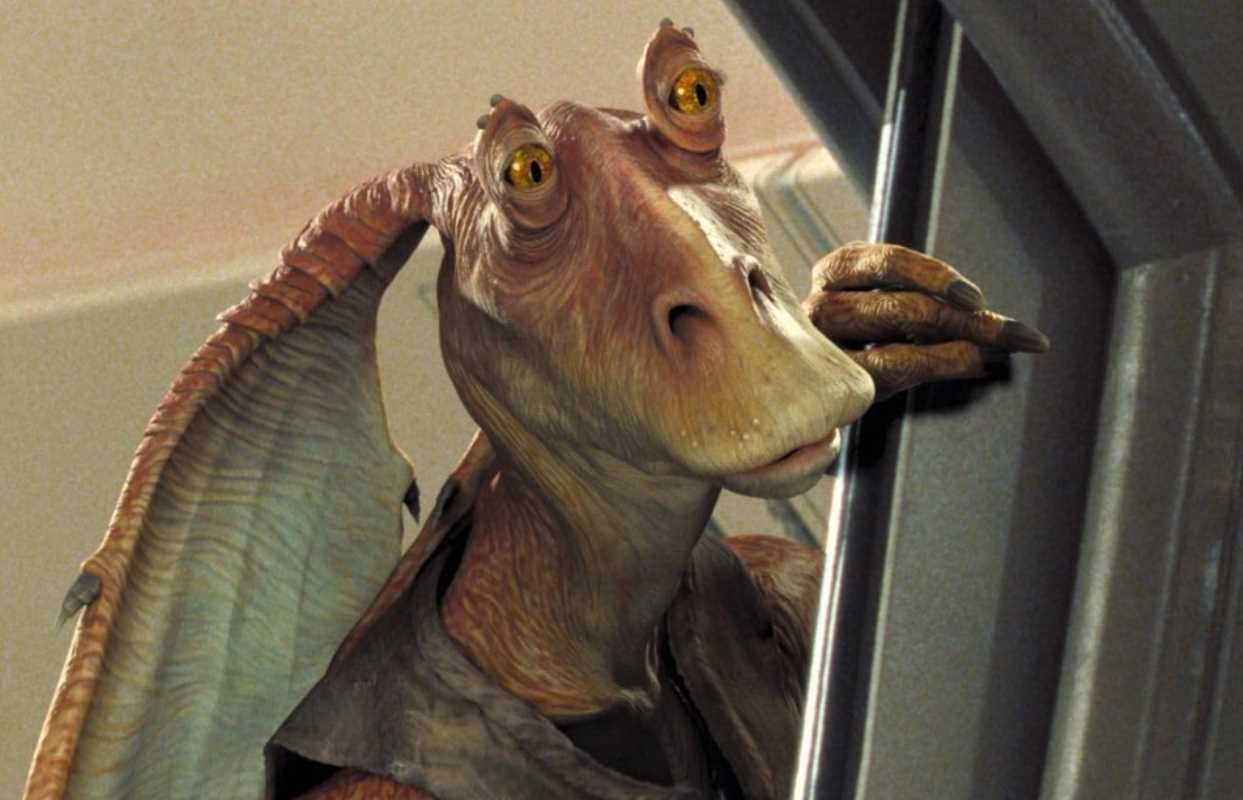 (Image source: Lucasfilm Ltd.)
(Image source: Lucasfilm Ltd.) 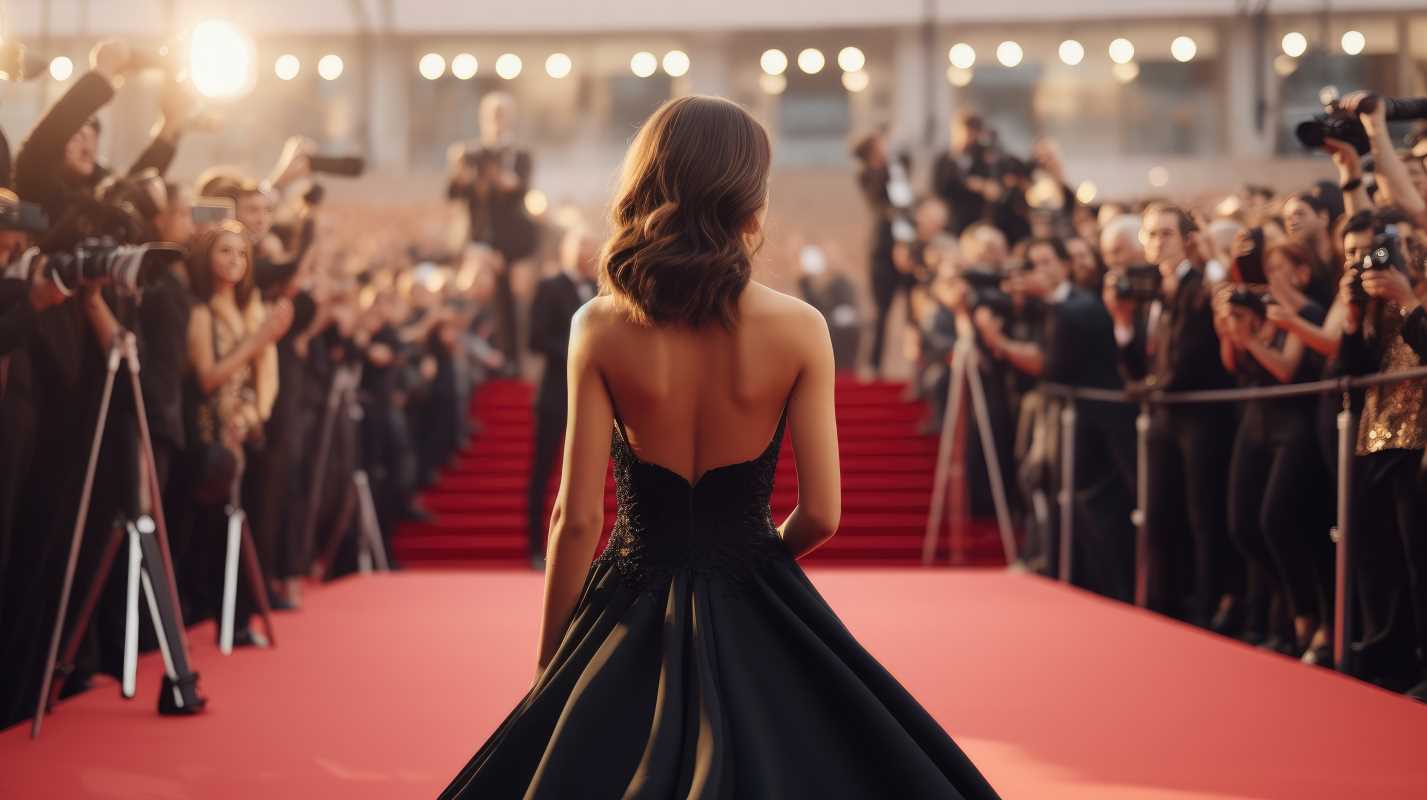
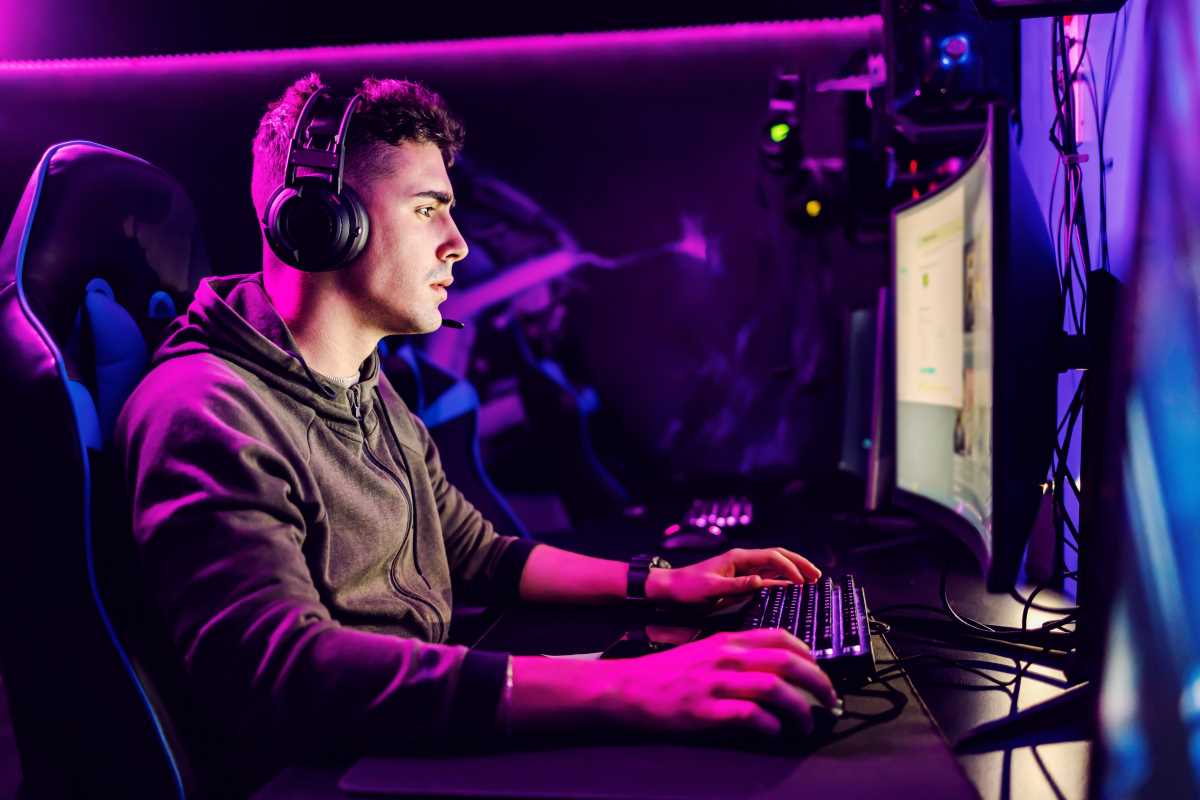
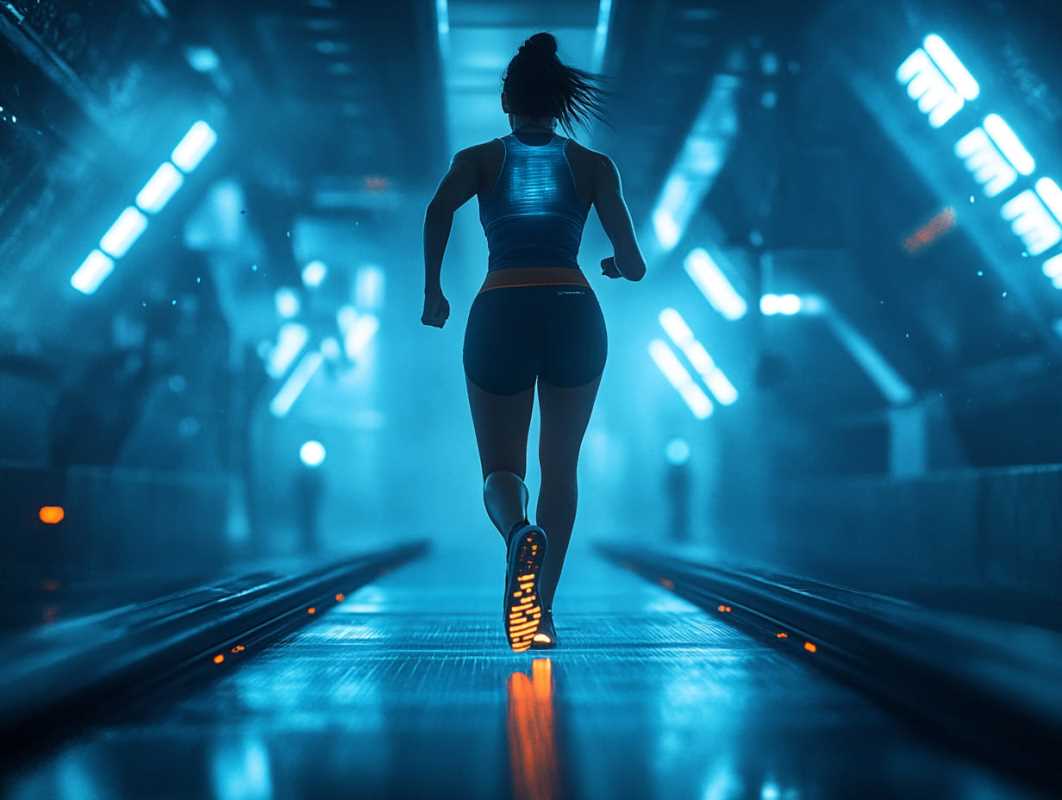

.jpg)

